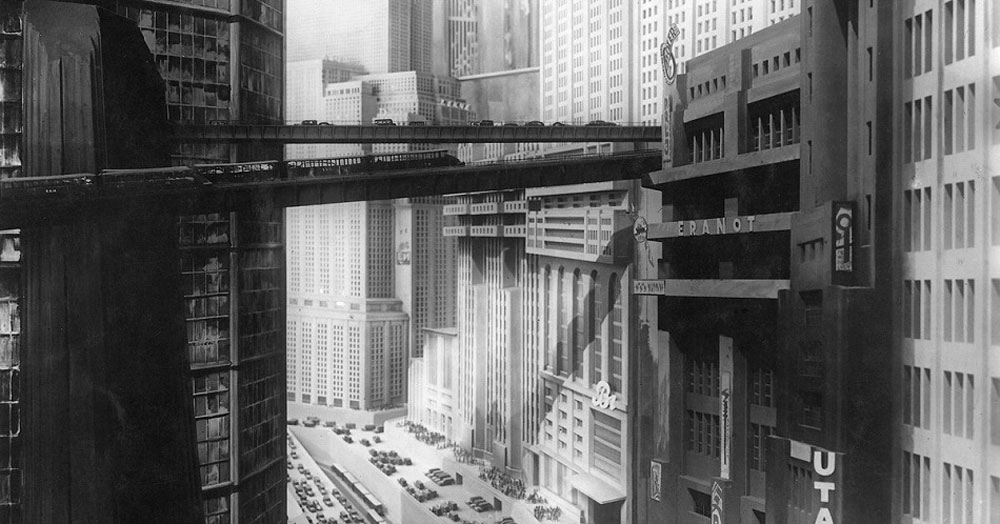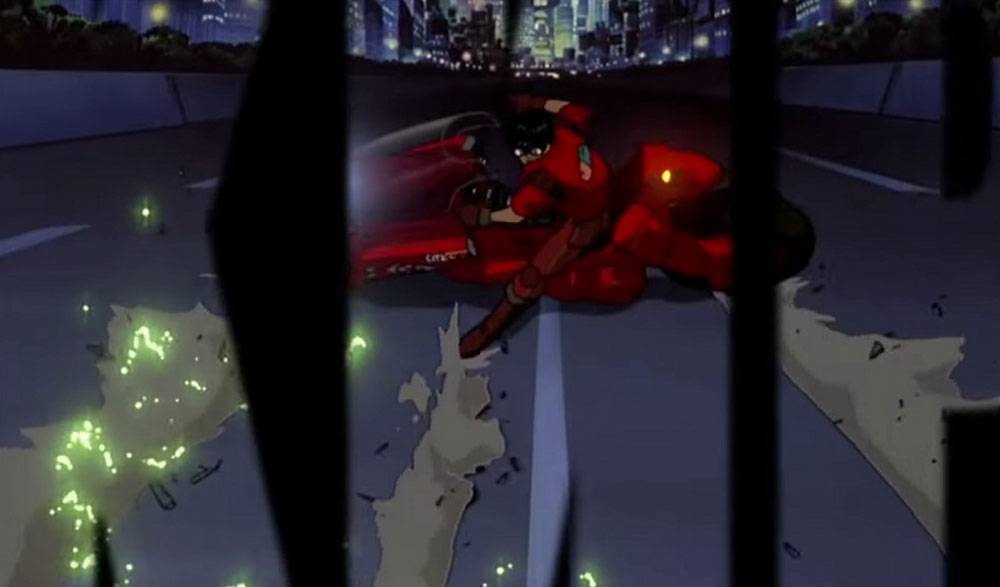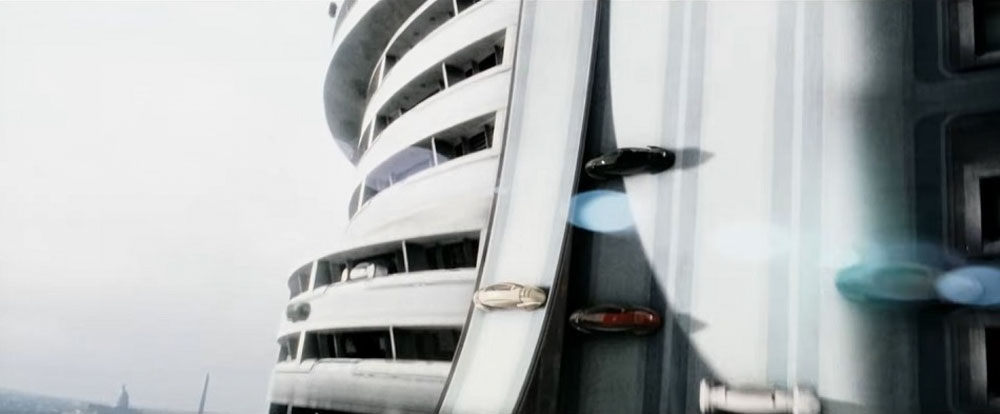

The history of engineering is not just about calculation formulas and metal structure models. It is also about dreams. Before technologies are transformed from ideas into products for practical use, they often appear in books and science fiction films. Transportation reminiscent of modern uST string rail complexes originated in the imaginations of writers and directors long before its engineering implementation. Today, we can look back with surprise and see how artists of the past predicted the emergence of this very transportation “from the future.”
As early as the beginning of the 20th century, at the dawn of the automotive era, futurist writers and filmmakers envisioned cities of the future as multi-level structures that might even become airborne, with roads and highways elevated into the sky.

A striking example of this vision is Fritz Lang’s 1927 silent film Metropolis — a work of science fiction that represents the pinnacle of German Expressionist cinema. The story unfolds in a multi-level futuristic city, where transportation is carried out via “hanging roads” reminiscent of string rail highways or monorails, along which capsule-like trains travel through the metropolis.

In the literature of that period, American science fiction writer Edgar Rice Burroughs described such transport systems most vividly. In his Martian series, he described in detail high-speed ground transport networks operating on lightweight guide rails — a concept fundamentally akin to the efficient design of string rail transportation, where maximum speed is achieved with a minimum use of materials.

Overall, even at the dawn of technological development, science fiction writers envisioned cities of the future without traditional ground roads, in which second-level transport solutions were implemented.
In the period of post-war progress, new ideas and trends emerged in all areas of human interest, including the visual arts, cinema, and literature. Of course, cutting-edge transportation concepts were also reflected in a number of artistic works.

A prominent representative of so-called scientific optimism was the American science fiction writer Isaac Asimov, who was the first to create a convincing positive image of a technological future in which robots and other forms of artificial intelligence do not pose a threat to humans, but rather help and save them. In his works, the writer did not ignore other discoveries that are relevant today. For example, in the Foundation series of novels about a galactic empire, Asimov used the idea of electrified automatic transport on rigid guides — an early artistic visualization of driverless trains.

In turn, representatives of Soviet science fiction of that period, such as Ivan Efremov (The Andromeda Nebula, The Hour of the Bull) and Alexander Kazantsev (Stronger Than Time), saw cities of the future as a threat to the ecology of the planet and its inhabitants. Therefore, in their works, they proposed that humanity abandon traditional transport routes and transfer all traffic to separate dedicated road structures and overpasses in order to rid people and nature of the harmful exhaust fumes that were spreading everywhere. This is an almost verbatim description of what UST Inc. representatives are proposing today in the construction of their transport infrastructure complexes.
The closer science fiction writers got to the digital age, the more accurately they predicted today's trends, especially in cinema. Among the descriptions of the most viable models of the future, the most impressive were multi-level megacities with advanced autonomous transport systems.

For example, the famous anime Akira, released in 1988 and set in post-apocalyptic Tokyo, depicts a high-tech city where elevated expressways crisscross dense urban development and vehicles travel along optimal trajectories above the roads.

In turn, Luc Besson's science fiction film The Fifth Element (1997) depicts a city of the future with all its accompanying problems, including environmental pollution and overpopulation. To solve these problems, transportation has been “raised into the sky,” using not only the second, but also the third, fourth, and many other levels. As a result, the city becomes three-dimensional.

In the 2002 sci-fi action film Minority Report, directed by Steven Spielberg and based on the short story of the same name by Philip K. Dick, transportation is implemented as a system of autonomous capsules moving along automated highways — a concept that is as close as possible to the engineering solutions of UST Inc.
Science fiction writers came up with an aesthetic image. Engineers at UST Inc. made it structurally, economically, and environmentally sound. We live in an era when dreams and concepts materialize from the metaphorical plane into the practical one. Using the example of string rail transport, we can see how dreams become reality.
This form asks for your consent to allow us to use your personal data for the reasons stated below. You should only sign it if you want to give us your consent.
Who are we?
The name of the organisation asking you for consent to use your information is:
Global Transport Investments
Trident Chambers, P.O. Box 146, Road Town
Tortola
British Virgin Islands
We would like to use the following information about you:
Why would we like to use your information?
Global Transport Investments would like to send this information to company registry, inform you about its news, for refund purposes.
What will we do with your information?
We store your name, address, ID Data, date of birth into company registry. We will share your e-mail & phone number with IT Service (https://digitalcontact.com/), SMS Center (http://smsc.ru). They will add your details to their mailing list and, when it is news update, they will send you an email or sms with details. We store your credit card number for possible refunds.
How to withdraw your consent
You can withdraw the consent you are giving on this form at any time. You can do this by writing to us at the above address, emailing us at the address: [email protected] or by clicking on the unsubscribe link at the bottom of emails you receive.
This privacy notice tells you about the information we collect from you when you sign up to receive our regular newsletter via our website. In collecting this information, we are acting as a data controller and, by law, we are required to provide you with information about us, about why and how we use your data, and about the rights you have over your data.
Who are we?
We are Global Transport Investments. Our address is Trident Chambers, P.O. Box 146, Road Town, Tortola, British Virgin Islands. You can contact us by post at the above address, by email at [email protected].
We are not required to have a data protection officer, so any enquiries about our use of your personal data should be addressed to the contact details above.
What personal data do we collect?
When you subscribe to our newsletter, we ask you for your name and your email address.
Why do we collect this information?
We will use your information to send you our newsletter, which contains information about our products.
We ask for your consent to do this, and we will only send you our newsletter for as long as you continue to consent.
What will we do with your information?
Your information is stored in our database and is shared with with IT Service (https://digitalcontact.com/), SMS Center (http://smsc.ru). It is not sent outside of the Euro. We will not use the information to make any automated decisions that might affect you.
How long do we keep your information for?
Your information is kept for as long as you continue to consent to receive our newsletter.
Your rights over your information
By law, you can ask us what information we hold about you, and you can ask us to correct it if it is inaccurate.
You can also ask for it to be erased and you can ask for us to give you a copy of the information.
You can also ask us to stop using your information – the simplest way to do this is to withdraw your consent, which you can do at any time, either by clicking the unsubscribe link at the end of any newsletter, or by emailing, writing us using the contact details above.
Your right to complain
If you have a complaint about our use of your information, you can contact the Information Commissioner’s Office.
Rate and Comment
You can assess the importance of a particular publication and the level of its preparation. Share your opinion in the comments!